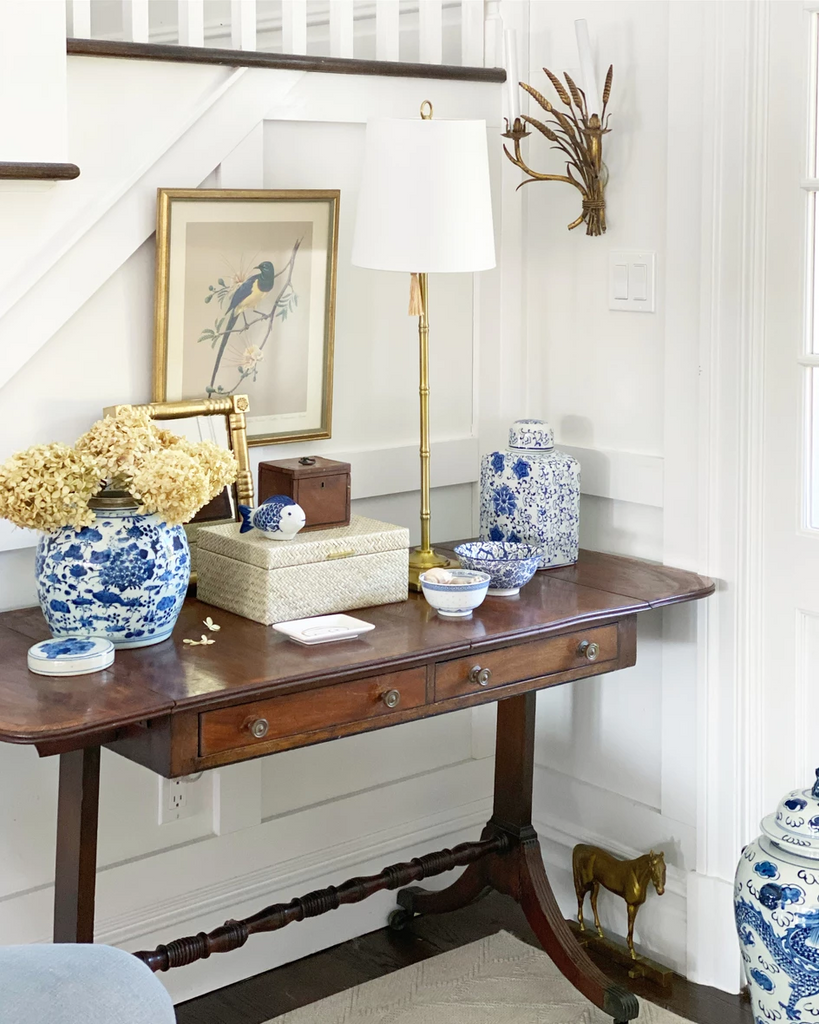Antique vs Vintage; The difference and how to spot it!

My grandparents antique table, made in 1900
Did you know there is a difference between antique and vintage? There is nothing like coming home and feeling disappointed because what you thought you were getting is actually something else. If you are someone who likes to shop second hand at local consignment boutiques, it's best to understand what you are buying. Here I will break down the difference between the two, and will also share what to look for when you are shopping so you are sure to come home happy...and with something of value!
Antique
The first way to know the difference between vintage and antique is to know the age. Just because it looks 'old' does not make it an antique. Plain and simple, anything built or created 100 years ago, 1921 or earlier, is considered an antique (according to the United States Customs Service). The biggest challenge will be how to know when something was made. If you are in a second hand store, ask about the item. There is a chance the store owner can tell you where it came from. Additionally, you may need to do some digging around. I encourage you to find out the history of an item or piece of furniture because it will make you love it that much more when it's sitting in your home. But beware of a store owner trying to sell you something "antique from the 1970's"-they are not credible! And although what you are buying may be vintage or collectable, it is probably not a true antique.
Vintage and Collectibles
The term vintage is used very loosely. It mostly just means old (but not THAT old). Something that is retro or collectable is considered vintage. Vintage items can be anything from the 30's to about the 80's. I personally wouldn't refer to anything made in 2000 as vintage but I would equate that mentality to forgetting that 2000 was already 20 years ago! Time moves fast. My mind tells me this is a "collectable", especially if it's value has increased over time.

A vintage sideboard, purchased locally on consignment
So, how will you know if that sideboard you are buying is antique or vintage? If the store owner can not guide you of the origin, you must take a look at other pieces that were built in the early 1920s or earlier. How difficult is it to reproduce? What was common at that time? Is it signed or stamped? Look for marks and research them (silver, for example, as a little square with a stamp inside). Has your piece been altered? Many antiques have been altered in some way over the years just due to the age and possible number of transports over the years. But don't be fooled, you may find an antique that is actually a replica or you may find a real gem that is a true antique. Either way, if you love it, consider it sold!
Shopping for vintage or antique items is better for the environment and creates a home unique to you that can not be replicated by anyone. Whether the piece you have found is from 1900 or 2000, buying something that you love is really what matters because that is where the true value lies. Unfortunately, not all antiques are worth more than what you purchased it for OR worth more than the cost to repair it. But if I leave you with anything, it's this; finding something antique or vintage is something you have specifically curated for yourself and your home. And that's fabulous!
Thank you for reading! Be sure to follow my social media channels for more. -Chrissie

Leave a comment